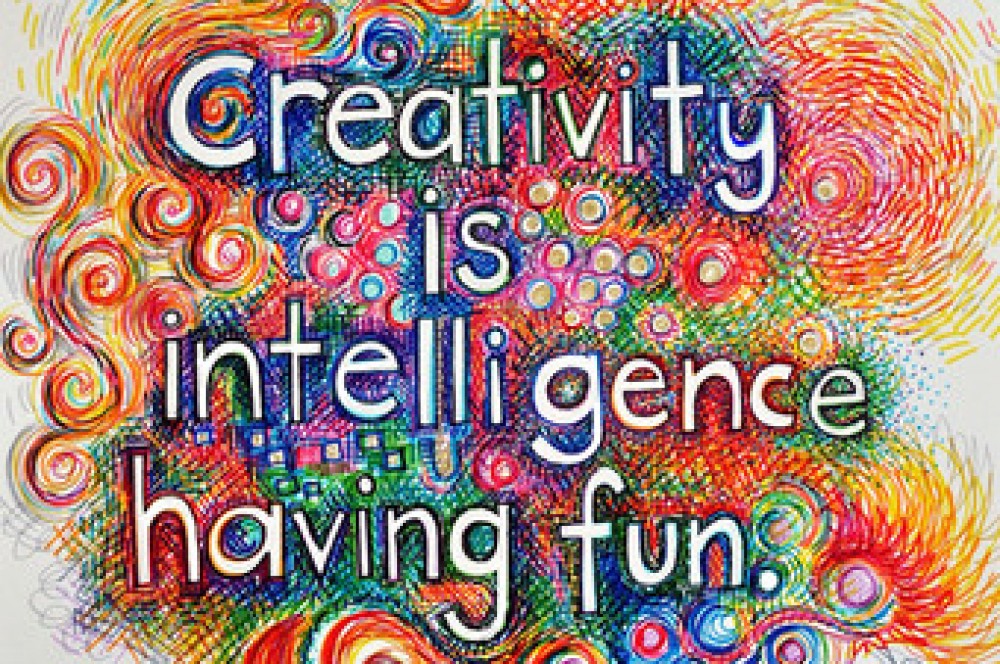I can’t quite remember the first time I heard that Google’s concept of 20% Time was being applied in the classroom, but I do remember being immediately intrigued by the idea. Genius Hour seemed to be such a great opportunity for students to explore their natural curiosity and creativity. I have always believed that schools and educators are meant to create a learning environment that promotes creativity and imagination. From what I understood at the time, Genius Hour seemed to be an exciting way to create such an environment. However, I initially felt that it could become a period during the school week that would become “too exciting.” It was hard for me to understand how anyone could actually be productive and take anything away from a program that offered students so much freedom. I wondered if it was physically possible for one teacher to make Genius Hour run smoothly when the program requires that teacher to be helping twenty (plus) students work on their own individual projects. It seemed to me that Genius Hour equaled completed chaos. I felt conflicted. It was clear to me, even with my basic understanding, that there were obvious benefits to giving students 20% of their time to work on a project of their choosing. However, I could also see that it was not an easy program to organize. Thus my own personal passion project began. My inquiry started with one main question in mind: How can educators effectively organize “Genius Hour” within the classroom as a means of inspiring students to create rather than consume content?
It became clear very early on in my research, that Genius Hour is still quite a new concept in the classroom. Therefore, there is not a lot of academic research available specifically on the program and the effects it has on its participants. However, inquiry-based and project-based learning (which Genius Hour is at its core) has been investigated extensively. My personal findings surrounding this form of educating students has been exceptionally positive. Please refer back to the “Why We Need It In The Classroom” section for research on the benefits of Genius Hour and inquiry-based learning. There are also numerous blogs available online from educators currently implementing Genius Hour in their classrooms. Take a look at the Resources section for links to blogs written by leaders in Genius Hour!
Over the course of my inquiry into Genius Hour, I have realized that there is no one perfect recipe for implementing an effective program. I have found many tips and tricks on how I can make Genius Hour work for me and my students, which is very encouraging. I have also come across numerous comments from students and educators alike which are beyond enthusiastic about their participation in Genius Hour. My research has shown me that there are far more benefits than I had originally considered and that although Genius Hour will be chaotic like I had predicted, students will gain a tonne from the experience. After reading countless blogs and academic papers, and watching one inspiring video after another, my excitement to try Genius Hour in my own classroom has grown enormously. I want my students to hold on to their hopes and dreams. I want them to be driven by their passions and wonders. I hope that when I get the opportunity to organize Genius Hour, other teachers will be inspired to have their own Genius Hour with their students. I believe that our job as educators is to create life-long learners, and I think that giving students the opportunity to participate in something like Genius Hour is a great way to help our students fall in love with learning.

